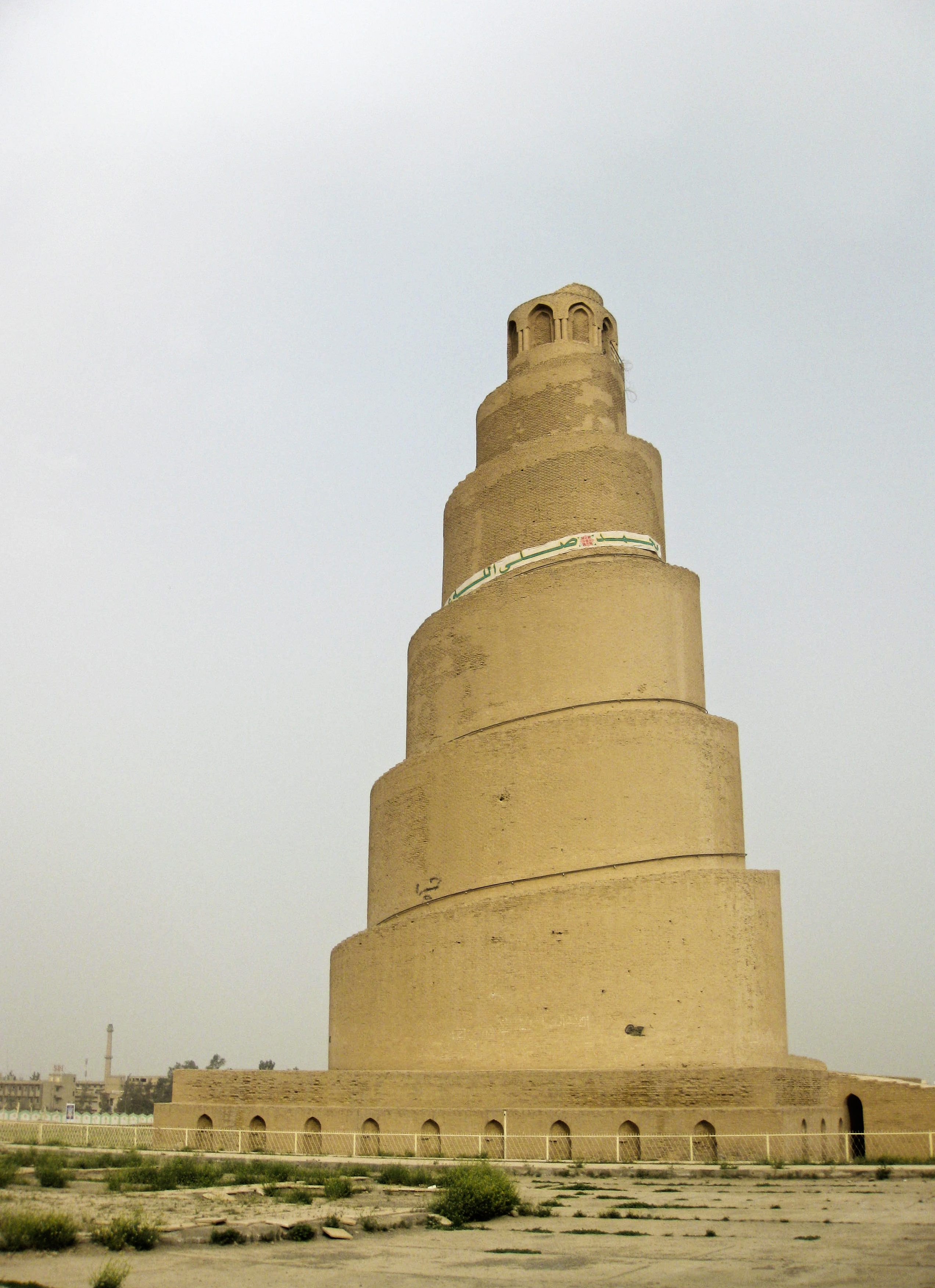|
Muhammad Mosque
The Muhammad Mosque or Siniggala Mosque is a former mosque, located in the Old City (Baku), Old City of Baku, Azerbaijan. The mosque was built in the 11th century. It is the first building in Azerbaijan, which is related to Islam and dated for its architectural ligature. Architecture According to Arabic alphabet, Arabic inscription which was saved in front of the doorway of the northern wall of the mosque, it was built by ustad-rais Muhammad the son of Abu Bakr in 471 of Hijra (Islam), Hijra (1078/79). It means that the architect was not only a master-ustad, but also a rais-head of artificers’ corporation. Minaret In 1723, the mosque acquired the name ''Siniggala'', when a military squadron of the Russian Army, consisting of 15 warships and led by Admiral Mikhail Matyushkin, Matyushkin, approached the city from Caspian Sea, seaside and demanded its surrender during the Russo-Persian War (1722-1723), Russo-Persian War. Russian Empire, Russian warships began to bomb the cit ... [...More Info...] [...Related Items...] OR: [Wikipedia] [Google] [Baidu] |
Minaret
A minaret is a type of tower typically built into or adjacent to mosques. Minarets are generally used to project the Muslim call to prayer (''adhan'') from a muezzin, but they also served as landmarks and symbols of Islam's presence. They can have a variety of forms, from thick, squat towers to soaring, pencil-thin spires. Etymology Two Arabic words are used to denote the minaret tower: ''manāra'' and ''manār''. The English word "minaret" originates from the former, via the Turkish language, Turkish version (). The Arabic word ''manāra'' (plural: ''manārāt'') originally meant a "lamp stand", a cognate of Hebrew language, Hebrew ''Temple menorah, menorah''. It is assumed to be a derivation of an older Linguistic reconstruction, reconstructed form, ''manwara''. The other word, ''manār'' (plural: ''manā'ir'' or ''manāyir''), means "a place of light". Both words derive from the Arabic root ''n-w-r'', which has a meaning related to "light". Both words also had other meani ... [...More Info...] [...Related Items...] OR: [Wikipedia] [Google] [Baidu] |
Stalactite
A stalactite (, ; , ) is a mineral formation that hangs from the ceiling of caves, hot springs, or man-made structures such as bridges and mines. Any material that is soluble and that can be deposited as a colloid, or is in suspension (chemistry), suspension, or is capable of being melting, melted, may form a stalactite. Stalactites may be composed of lava, minerals, mud, peat, pitch (resin), pitch, sand, Geyserite, sinter, and amberat (crystallized urine of pack rats). A stalactite is not necessarily a speleothem, though speleothems are the most common form of stalactite because of the abundance of limestone caves. The corresponding formation on the floor of the cave is known as a stalagmite. Formation and type Limestone stalactites The most common stalactites are speleothems, which occur in limestone caves. They form through Deposition (geology), deposition of calcium carbonate and other minerals, which is precipitated from mineralized water Solution (chemistry), solutio ... [...More Info...] [...Related Items...] OR: [Wikipedia] [Google] [Baidu] |
Mosques In Baku
A mosque ( ), also called a masjid ( ), is a place of worship for Muslims. The term usually refers to a covered building, but can be any place where Islamic prayers are performed; such as an outdoor courtyard. Originally, mosques were simple places of prayer for the early Muslims, and may have been open spaces rather than elaborate buildings. In the first stage of Islamic architecture (650–750 CE), early mosques comprised open and closed covered spaces enclosed by walls, often with minarets, from which the Islamic call to prayer was issued on a daily basis. It is typical of mosque buildings to have a special ornamental niche (a ''mihrab'') set into the wall in the direction of the city of Mecca (the ''qibla''), which Muslims must face during prayer, as well as a facility for ritual cleansing (''wudu''). The pulpit (''minbar''), from which public sermons (''khutbah'') are delivered on the event of Friday prayer, was, in earlier times, characteristic of the central city mosque, ... [...More Info...] [...Related Items...] OR: [Wikipedia] [Google] [Baidu] |
Islamic Architecture In Azerbaijan
Islam is an Abrahamic monotheistic religion based on the Quran, and the teachings of Muhammad. Adherents of Islam are called Muslims, who are estimated to number 2 billion worldwide and are the world's second-largest religious population after Christians. Muslims believe that Islam is the complete and universal version of a primordial faith that was revealed many times through earlier prophets and messengers, including Adam, Noah, Abraham, Moses, and Jesus. Muslims consider the Quran to be the verbatim word of God and the unaltered, final revelation. Alongside the Quran, Muslims also believe in previous revelations, such as the Tawrat (the Torah), the Zabur (Psalms), and the Injil (Gospel). They believe that Muhammad is the main and final of God's prophets, through whom the religion was completed. The teachings and normative examples of Muhammad, called the Sunnah, documented in accounts called the hadith, provide a constitutional model for Muslims. Islam is based on ... [...More Info...] [...Related Items...] OR: [Wikipedia] [Google] [Baidu] |



